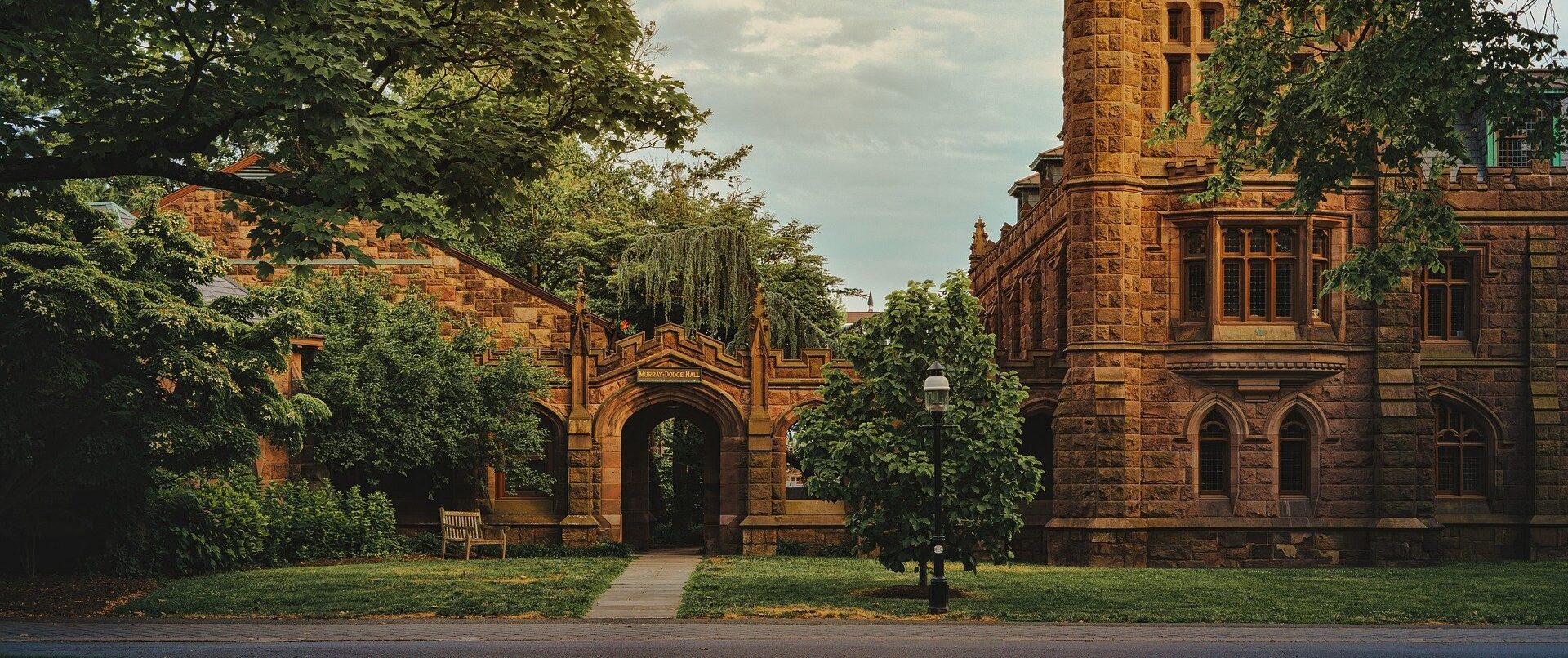By Adrian Cho, Ph.D.
On June 29, 2023, the Supreme Court overturned Affirmative Action in two joint opinions in Students for Fair Admissions (SFFA) v. President and Fellows of Harvard College, and SFFA v. University of North Carolina. The decision upended the long-standing practice of considering race in college admissions. While the rollback of Affirmative Action in a Supreme Court ruling was long anticipated by observers, it was still met with dismay and derision among civil rights proponents. It galvanized activists and lawmakers into going after another admissions practice panned as unmeritocratic and benefiting white and wealthy: Legacy admissions.
Legacy admissions or preference refers to the special consideration given to applicants based on their familial relationship to an alumnus or alumni. The practice began in the 1920’s as a tool for Ivy League institutions for limiting admissions to Jewish immigrants to preserve their Protestant character, and it was adopted by other colleges throughout the nation over time. At certain institutions, legacy status can boost the applicants’ odds of acceptance to as much as six times higher than those without connections. Legacy admissions are often seen as the purview of elite, highly selective colleges – your Harvards, Yales, Browns. However, a recent, illuminating report released by the Brookings Institution sheds light on the prevalence of the practice. It found that private colleges were more likely than public colleges to consider legacy status, and the more selective the school, the more likely that it would be considered. Interestingly, the report also found that legacy-based admissions is practiced at a substantial number of flagship public universities (~30%), including the popular choices of UNC, UMD, UMich, and Penn State; about half of them had scholarships available based on legacy status.
So why do colleges carry on with this seemingly archaic and unfair practice? Money has a lot to do with it. Colleges argue that preferential admissions to the children of alumni improve their ability to fundraise and encourage generous donations. However, the evidence on this claim seems to be mixed, with some studies finding that legacy does lead to increased donations, while other research finds little to no effect. In addition to the financial incentives for universities, some writers have vigorously argued in favor of legacy considerations for its potential to foster a powerful sense of community. Another possible upside is that it provides opportunities for non-legacy admits to rub shoulders and create relationships with the legacy students, who are more likely to have stronger networks.
Critics challenge legacy-based college admissions on a variety of practical and moral grounds. Given that legacy admits tend to be less diverse and wealthier, the practice reduces the overall diversity of the student body. There is also a strong moral objection that the practice is unfair as it favors students who just so happened to be born into the right family. President of Johns Hopkins University, Ronald J. Daniels, wrote that legacy admissions harm the ability of promising students from all backgrounds to climb the social ladder.
A number of institutions and states are taking initiative individually to curtail the practice of legacy admissions. Some top colleges never practiced legacy admissions or dropped it in recent years. These include MIT, Johns Hopkins, Cal Tech, Wesleyan, Amherst, Carnegie Mellon, and the very popular University of California schools. Colorado and Virginia have banned legacy admissions in public colleges, while Maryland banned it in both public and private institutions in March 2024. New York and Massachusetts are also considering their own legislation as of July 2024, while California is looking to extend its ban to private institutes. These reform efforts are facing stiff opposition from colleges in states’ legislatures, however. Connecticut was among the states considering a ban on legacy preference in its public and private institutions until May 2024, when its Senate passed a watered down version of the bill that instead required colleges to report data on legacy admissions to the legislature. Without a sweeping federal legislation or a Supreme Court ruling banning the practice, consideration of legacy status will continue to be up to individual institutions and states. While legacy preference is generally unpopular among many Americans, given the entrenched resistance to change among elite universities, phasing out the practice across the country will likely take many years.
What does all this mean for those of you who are applying to colleges right now? Truthfully, it likely won’t matter much for most. On the one hand, it does remove a useful avenue of ingress if you have legacy connections at your chosen schools. However, it doesn’t change the fact that your fundamentals still need to be strong. Legacy admits at elite universities still have to be “somewhere in the ballpark,” meaning stellar high school performance, excellent test scores, and an impressive set of extracurricular activities. For those of you without legacy connections, the overall move toward removing legacy admissions may increase your chances at specific schools by a few percentage points, but that will likely be difficult to observe at an individual level. The shift in the makeup of student bodies will be gradual and on a population level. For that reason, it will still be important to arrive at a balanced list of colleges, create finely crafted application packages, and seek preferential treatment based on your greatest assets – your own merits.
The debate over legacy admissions is part of a broader conversation about equity, diversity, and meritocracy in higher education. As we continue to reform admissions practices, we move closer to a system that truly rewards individual merit and potential. At an individual level, it’s important for prospective students to remember that regardless of legacy status, the core elements of a strong application remain the same: academic excellence, meaningful extracurricular involvement, and standout personal statements.

Comments are closed.